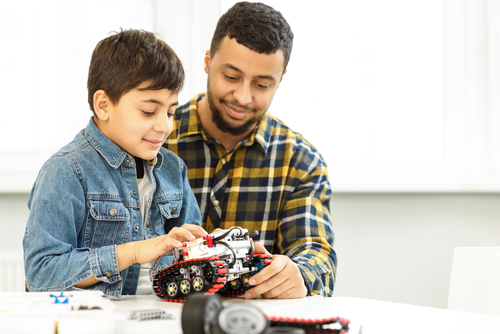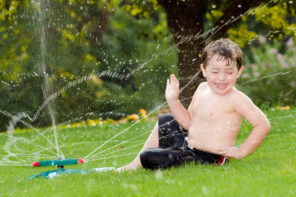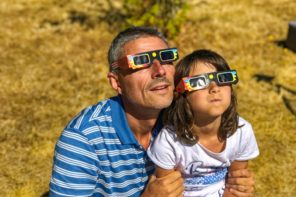Most Gen-Xers know all about Marty McFly and his hoverboard. And if you’re a parent, you probably remember that hoverboards were THE HOTTEST toy on the market a few years ago. Not to worry, we’re not suggesting you watch a Back to the Future marathon (although there’s no shame in that) or tell you that expensive hoverboards are back in style. What we DO want you to do is gather your kids and build a hovercraft in your house!
Scared? Shocked? Excited? Have no fear – it’s all for science!
HOMEMADE HOVERCRAFT
Here’s what you need:
- Long, twisty balloon (the kind you make balloon animals with)
- Plastic grocery bag
- Scissors
- Wool blanket or sweater
Here’s how you build your hovercraft:
Step 1: Blow up your balloon, but leave some room to tie-off the end.
Step 2: Bend your balloon into a circle shape and criss-cross the two ends.
Step 3: Twist the ends until it’s secure and looks like a circle or a fish.
Step 4: Cut a piece of your plastic bag into circle. Six inches would be good.
Step 5: Cut slits into the circle, creating legs. This will be your hovercraft.
Step 6: Rub the balloon and plastic shape against a wool blanket for about 30 seconds.
Step 7: Place your “hovercraft” above the balloon and watch it float in the air!
The Science
By rubbing the balloon and the plastic hovercraft against the wool blanket, you’re creating an electrical static charge. It’s called static electricity. (That’s what makes your hair standup in the air sometimes.) The balloon and hovercraft have charges that repel each other. That’s why the hovercraft levitates!
Mary Porter Green has connected with hundreds of thousands of young scientists through stage performances, television and her work in hands-on science programming. She is founder of the Curiosity Zone Science enrichment programs and the Experiment Exchange, a free online database of simple hands-on science activities.





